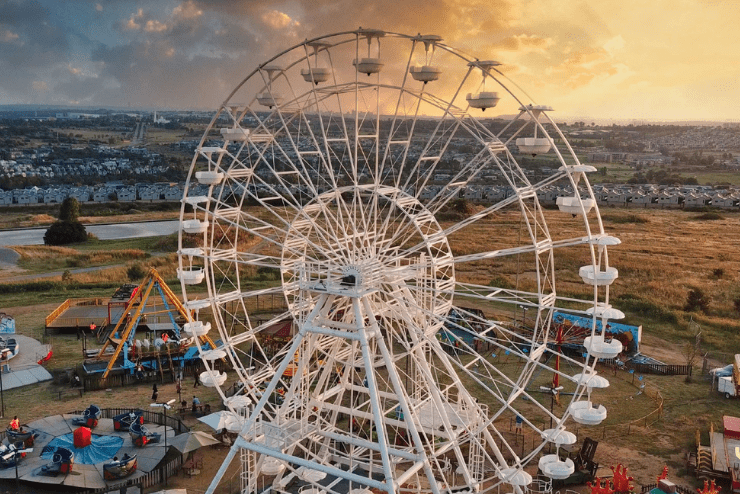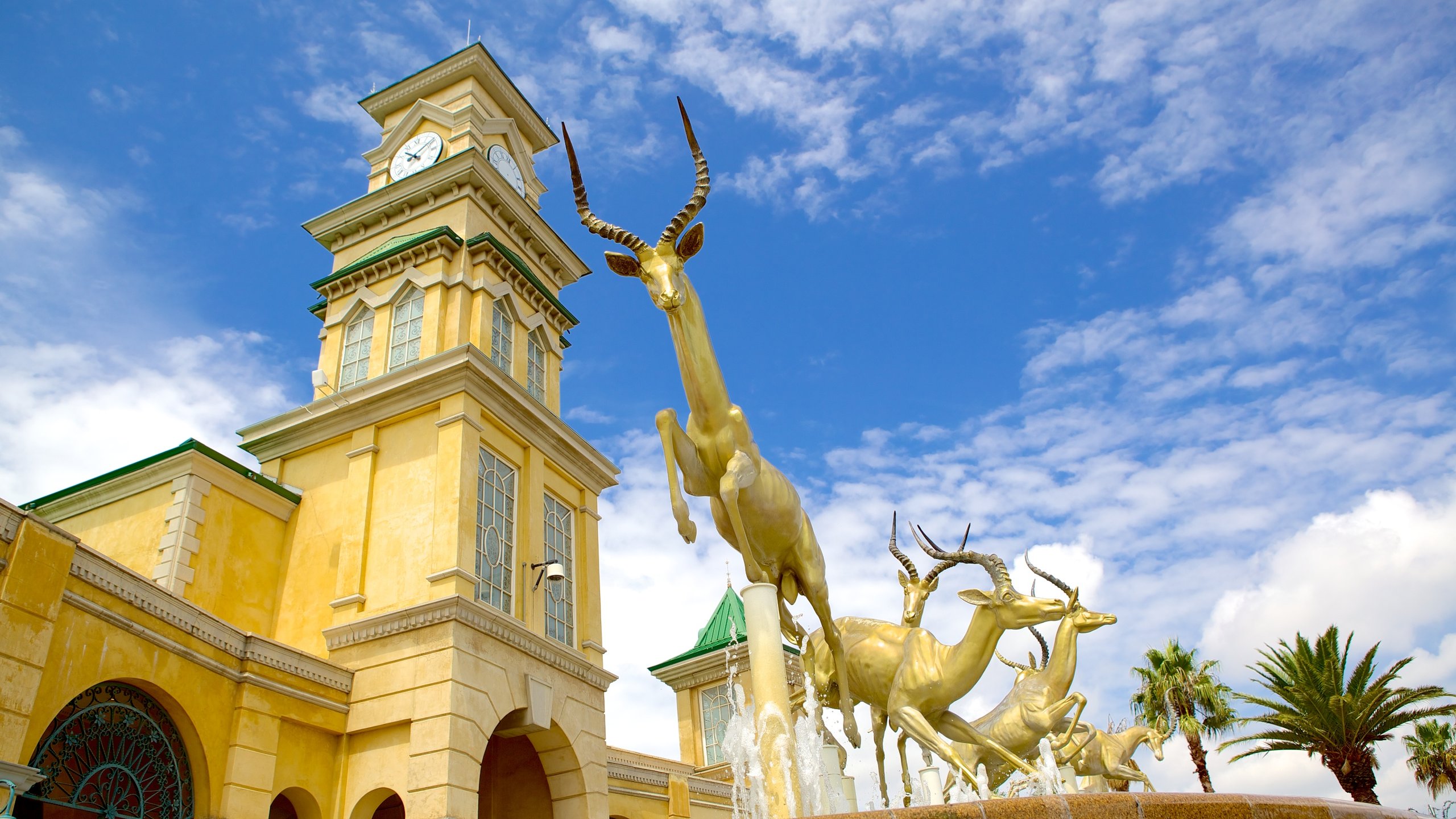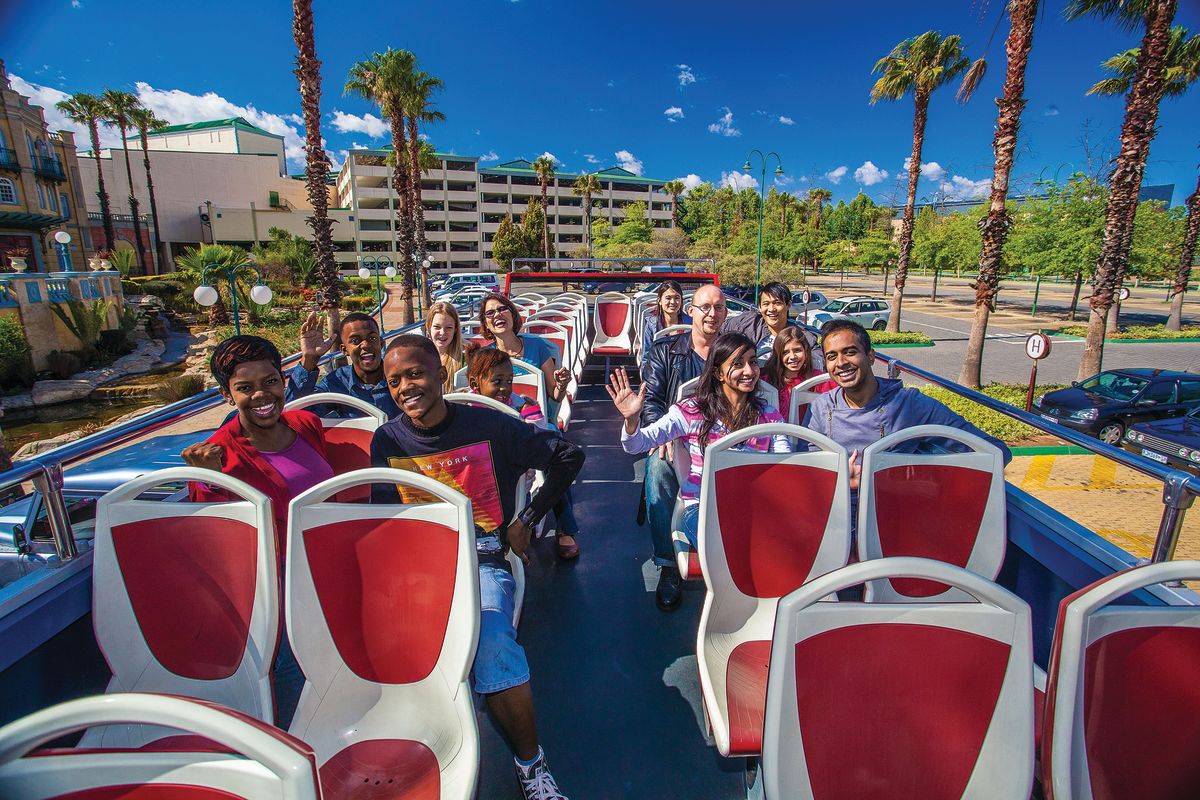Not known Factual Statements About Johannesburg North Attractions
Not known Factual Statements About Johannesburg North Attractions
Blog Article
How Johannesburg North Attractions can Save You Time, Stress, and Money.
Table of ContentsThe Only Guide to Johannesburg North AttractionsEverything about Johannesburg North AttractionsSome Known Incorrect Statements About Johannesburg North Attractions Some Known Factual Statements About Johannesburg North Attractions The 10-Minute Rule for Johannesburg North AttractionsJohannesburg North Attractions Things To Know Before You Get ThisThe smart Trick of Johannesburg North Attractions That Nobody is Discussing
You should maintain protection in mind and tourists need to stay sharp at all times when in unknown environments. Talk to the residents when you remain in community to learn about the area you are remaining in. Johannesburg North attractions. When on the street (this doesn't apply to shopping center and other secure atmospheres) best basic advice is to attempt your ideal to look like a local and to prevent showing any type of riches
The Of Johannesburg North Attractions
Professor Revil Mason O. J. (Thomson, 1946) explored the Witwatersrand's pre-colonial history. His historical work took off the 'em pty land' misconception, according to which the area was without human habitation prior to the arrival of European settlers. In his magazines Prehistory of the Transvaal: A Record of Human Activity (1962) and Beginnings of Black Individuals of Johannesburg and the Southern Western Central Transvaal AD 3501880 (1986 ), Professor Mason demonstrated the level of social and financial growth in the area before Europeans set foot here.

The 5-Minute Rule for Johannesburg North Attractions
In 1878, David Wardrop found gold in quartz blood vessels at Zwartkop, north of Krugersdorp. In 1881, Stephanus Minnaar came across gold on the ranch Kromdraai, near the Cradle of Humankind.
In March 1886, a protrusion (soon to be called the Main Coral reef) was discovered, rather luckily, on Gerhardus Oosthuizen's farm Langlaagte. Some state that the Lancastrian coal miner George Walker found this coral reef. One more itinerant English prospector, George Harrison (who had formerly worked in Australian mines) obtained a prospecting permit in regard of Langlaagte in Might 1886.
He chose to carry on in a mission for greener pastures, and disposed of his Langlaagte insurance claim for the handsome sum of 10. Alas: beneath lay the wealthiest goldfield ever before located. The discovery of this abundant auriferous reef provoked a gold rush that signified completion of agrarian tranquillity in the southerly Transvaal.
It would certainly, within 6 years, come to be the largest town in southerly Africa. over here Within a decade, it would certainly make the Z. A. R. until after that an anarchical and bankrupt little state the wealthiest country in Africa. By the millenium, the Z. A. R. was to go beyond Russia, Australia and the USA of America to come to be the world's leading gold manufacturer, creating even more than a quarter of the world's gold.
6 Easy Facts About Johannesburg North Attractions Shown
It was referred to as Ferreira's Camp, called after Colonel Ignatius Ferreira. He was a Boer traveler upon whom the British authorities had bestowed the status of Buddy of one of the most Differentiated Order of St Michael and St George (entitling him to the post-nominal visit the site letters C. M. G.) in gratefulness for his function in the war that had actually deposed the Pedi king Sekhukhune in 1879.
Two various other camps were developed: Meyer's Camp on the ranch Doornfontein, and Paarl Camp. The latter was nicknamed Afrikander Camp; several people from the Cape Nest resolved there.

How Johannesburg North Attractions can Save You Time, Stress, and Money.
This name got currency by word of mouth, such that the State Secretary attested the name to the Mining Commissioner on 9 October 1886. Stands in the town were auctioned on 8 December 1886. While some stands were sold for 10, others were torn down for just sixpence.
Two years later, these erven were to alter hands for as high as 750 each. The tented camps dwindled as a dorp of corrugated iron structures developed and expanded north of the mines located along the Key Coral Reef Roadway. Areas such as Jeppe's Community (where working-class immigrants erected their dwellings) and Doornfontein (where the wealthy new 'Randlords' began to build their opulent residences) were soon contributed to the ever-expanding map of the town.
Some Ideas on Johannesburg North Attractions You Need To Know
Apart from the street names, there were no indicators of Johannesburg being situated in a Dutch-speaking country., nearly everyone talked English and also the Federal government slaves addressed one in English, unless they were initial resolved in the Taal (or Reduced Dutch)'.
Britain had a rate of interest in ensuring optimal problems for gold manufacturing on the Witwatersrand, and that the gold was exported to London rather than Berlin a necessary made all the extra clamant by the Z. A. R.'s increasing toenadering with Germany. Mine proprietors got on a crash course with President Kruger, whose plan of monopolistic giving ins (commonly approved to his cronies) stopped mining business from acquiring products of materials (specifically dynamite) and labour on their very own, their explanation less costly terms
Getting The Johannesburg North Attractions To Work
In 1890, the Volksraad had actually limited the franchise to white men who had resided in the Z. A. R. for fourteen years or longer, therefore disqualifying a lot of the immigrants (who occurred to be the major factors to the fiscus). However, agitation for the ballot was a mere pretext for promoting a various program; the majority of uitlanders concerned themselves as momentary visitors and had no objective of remaining in the Z.
Report this page